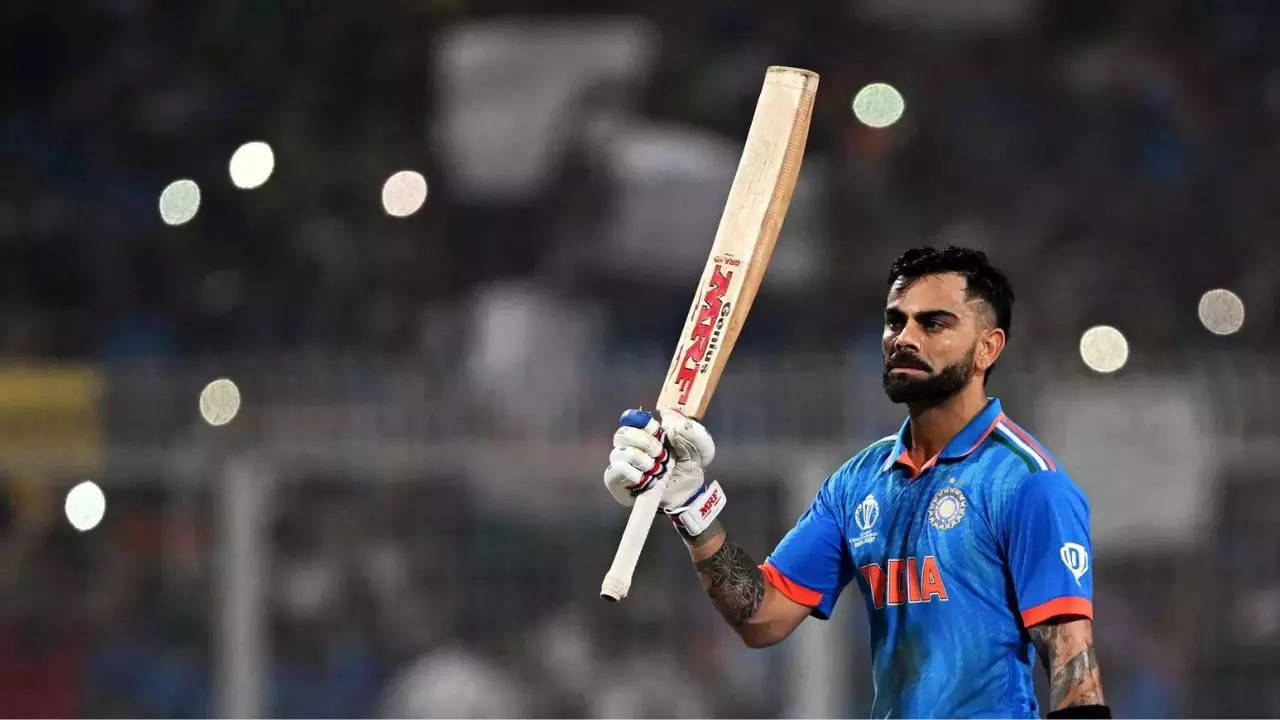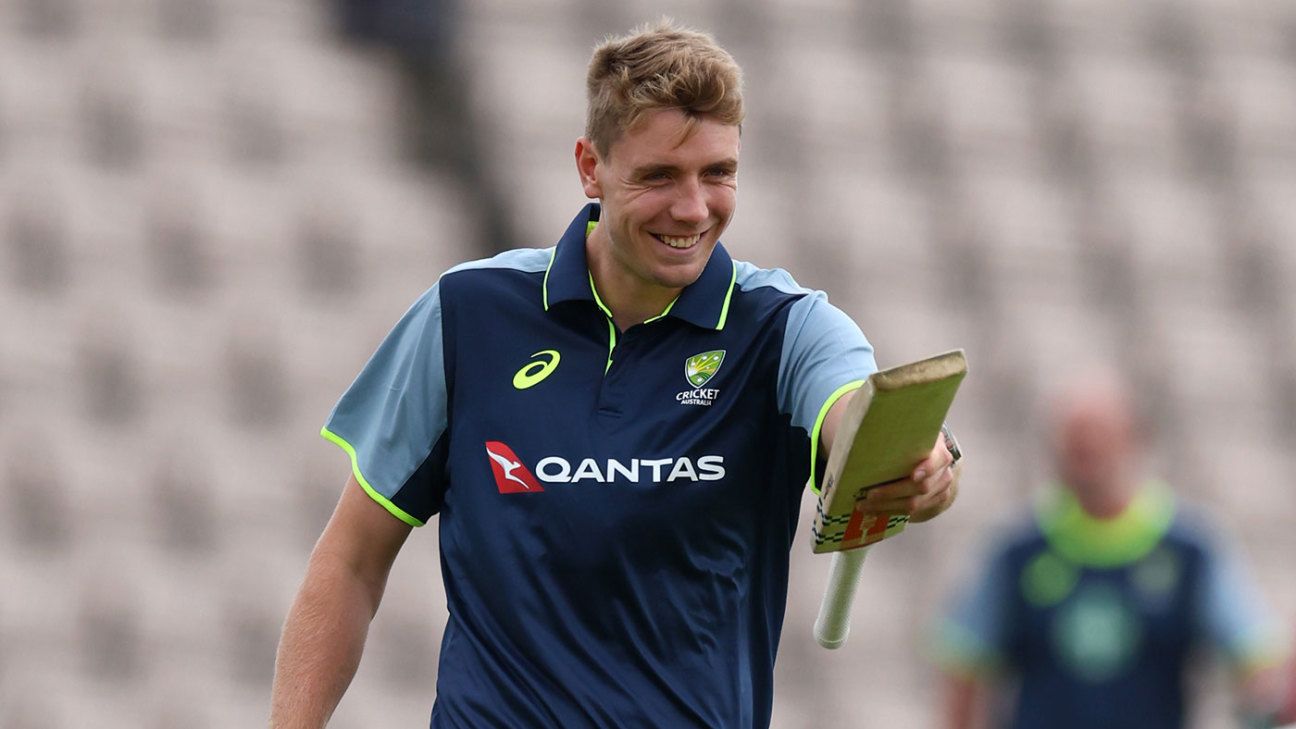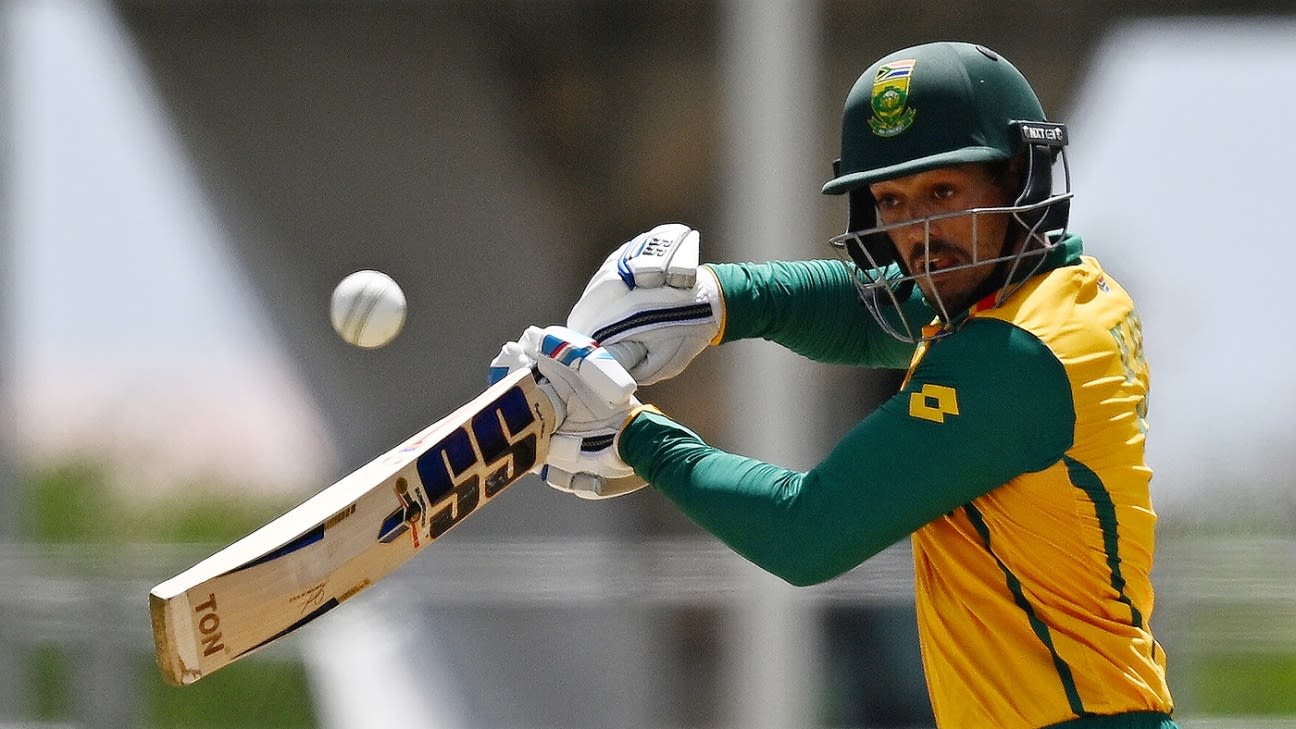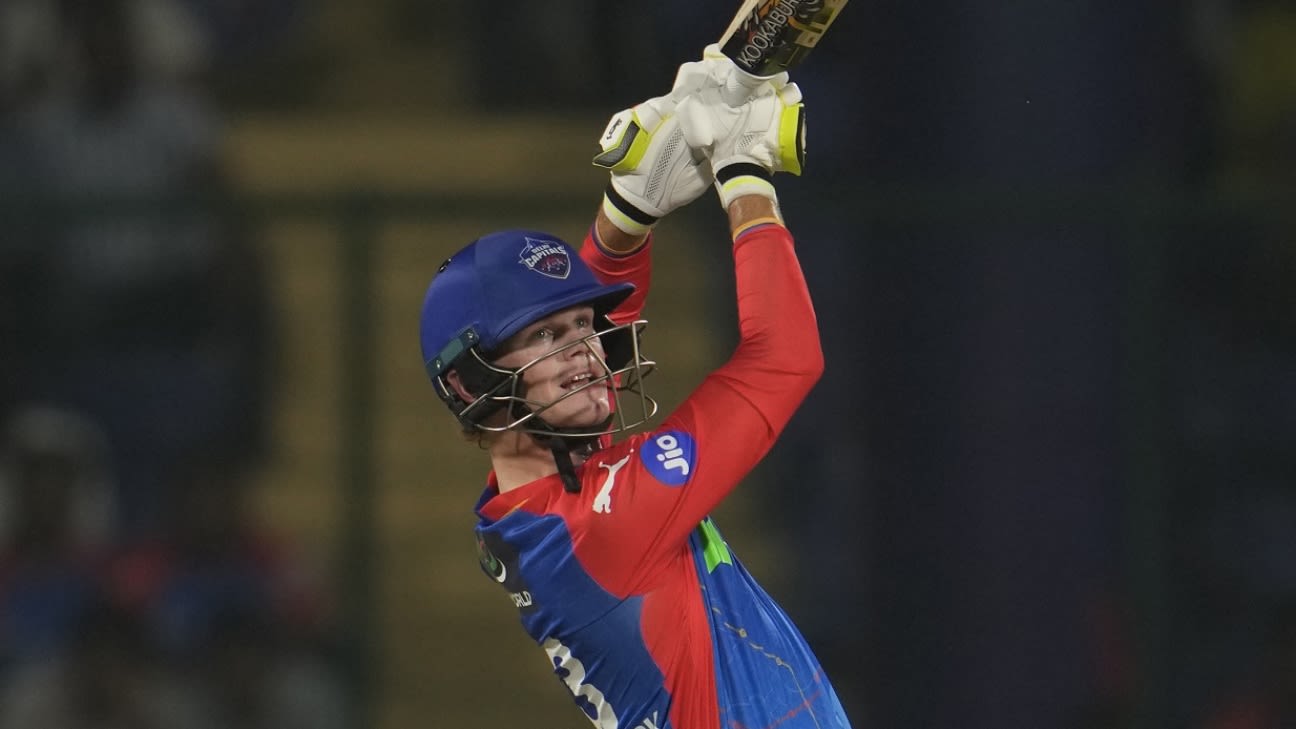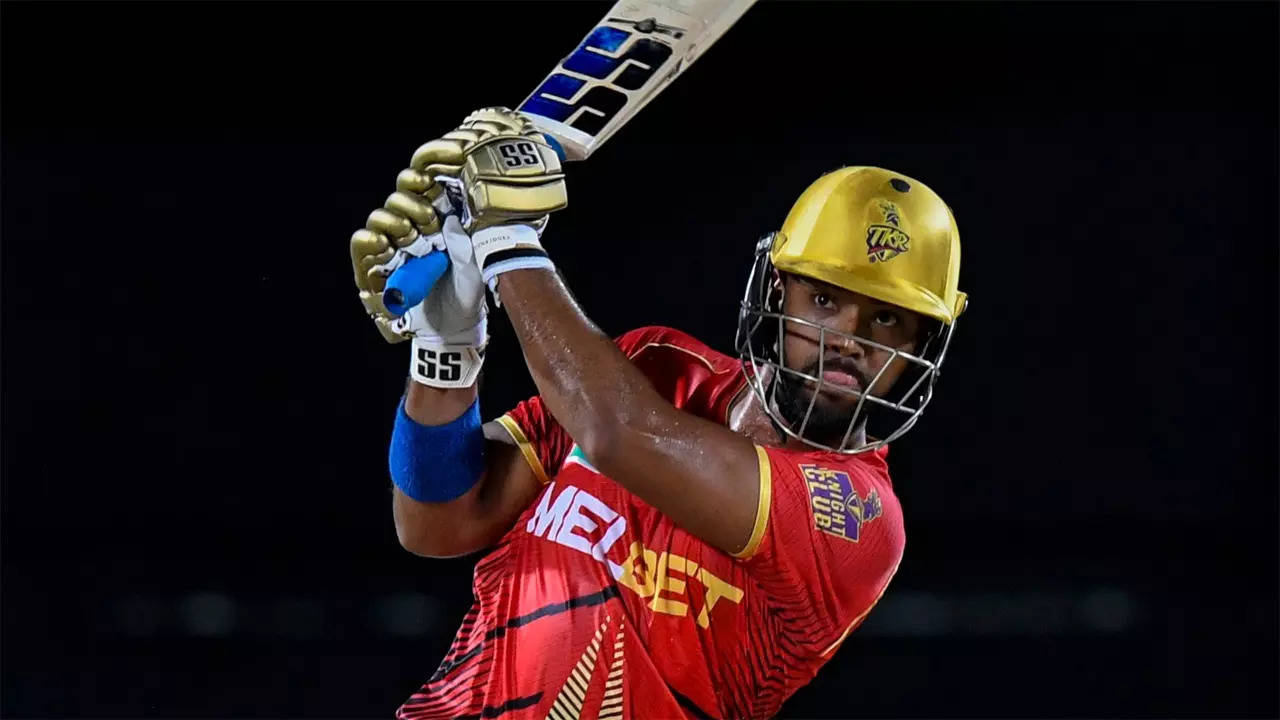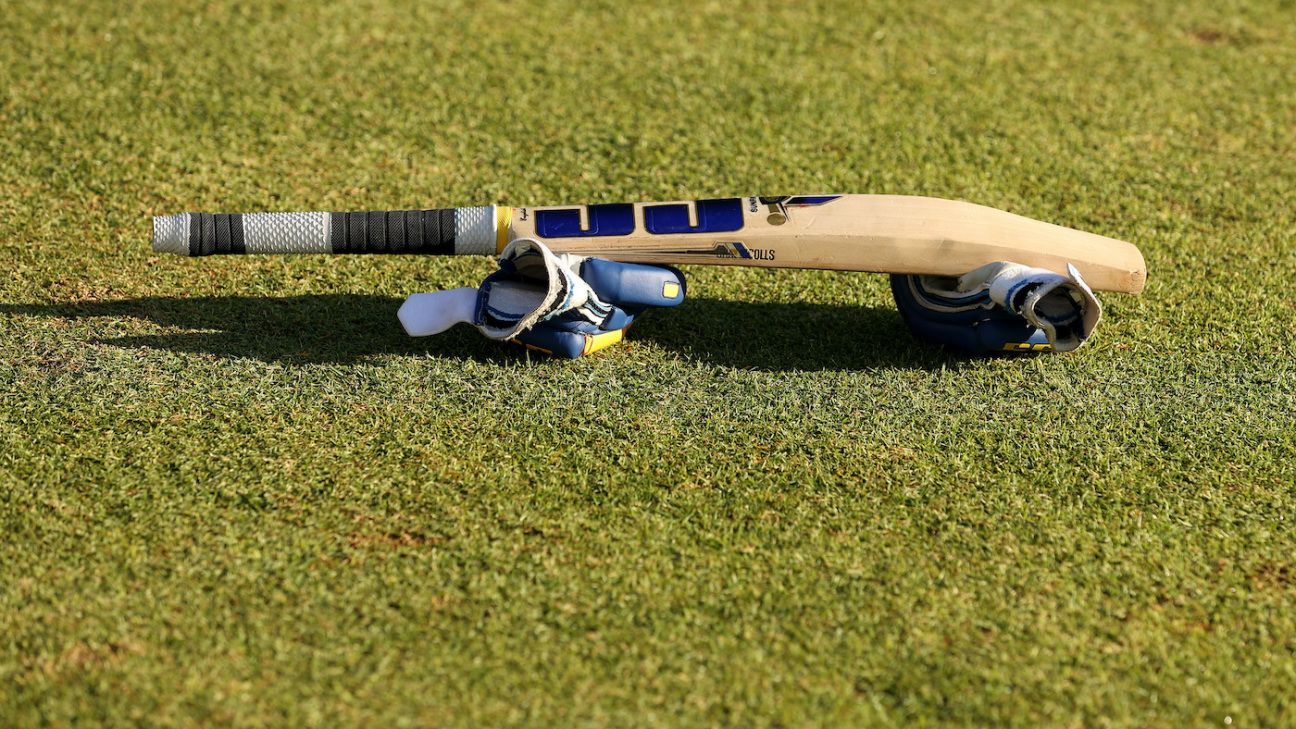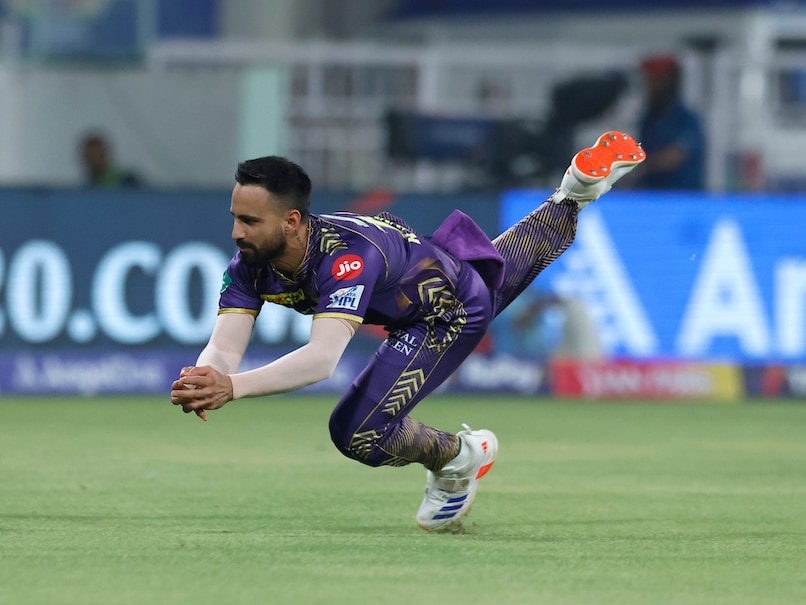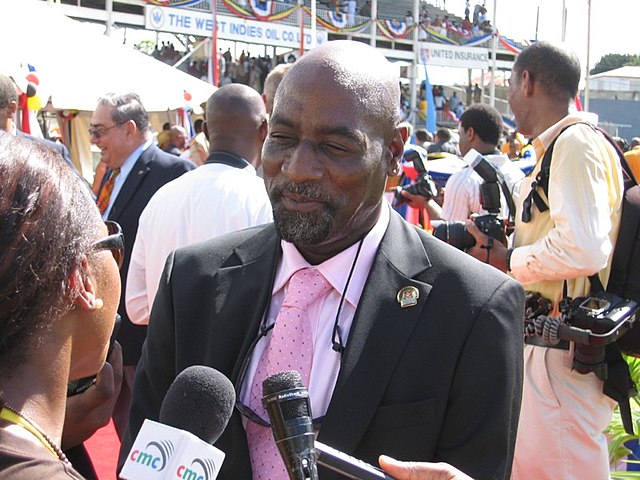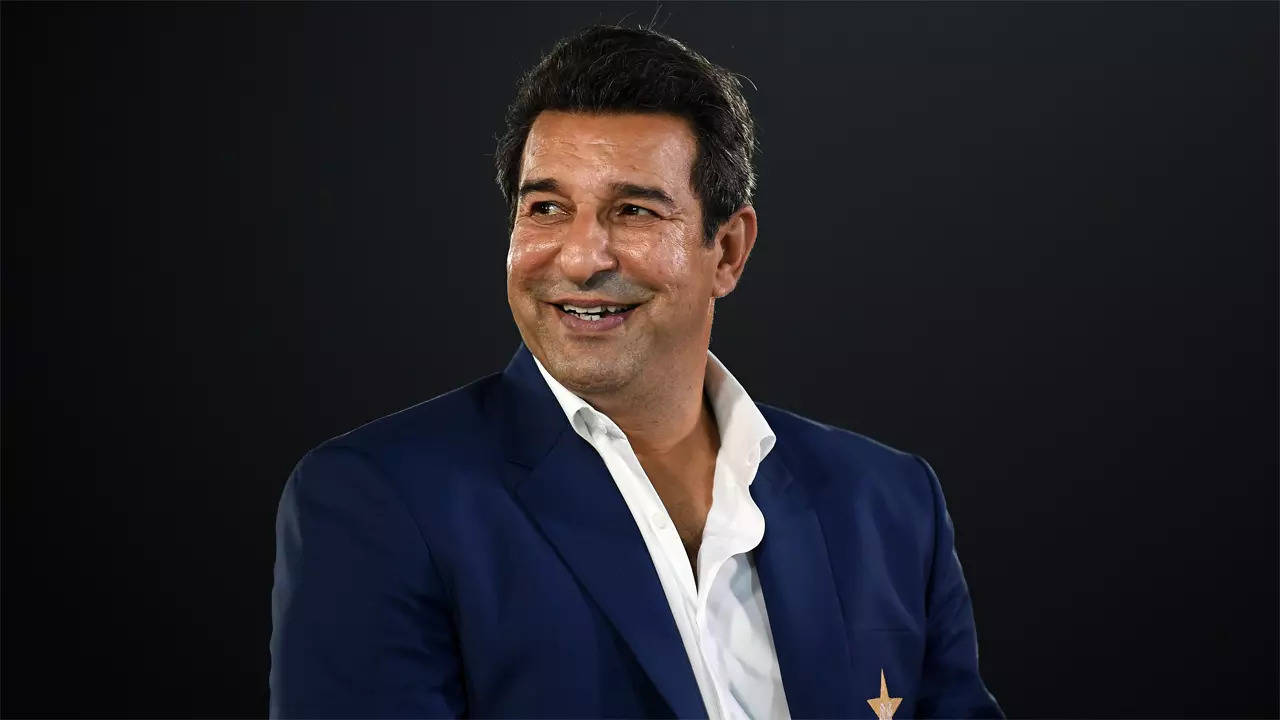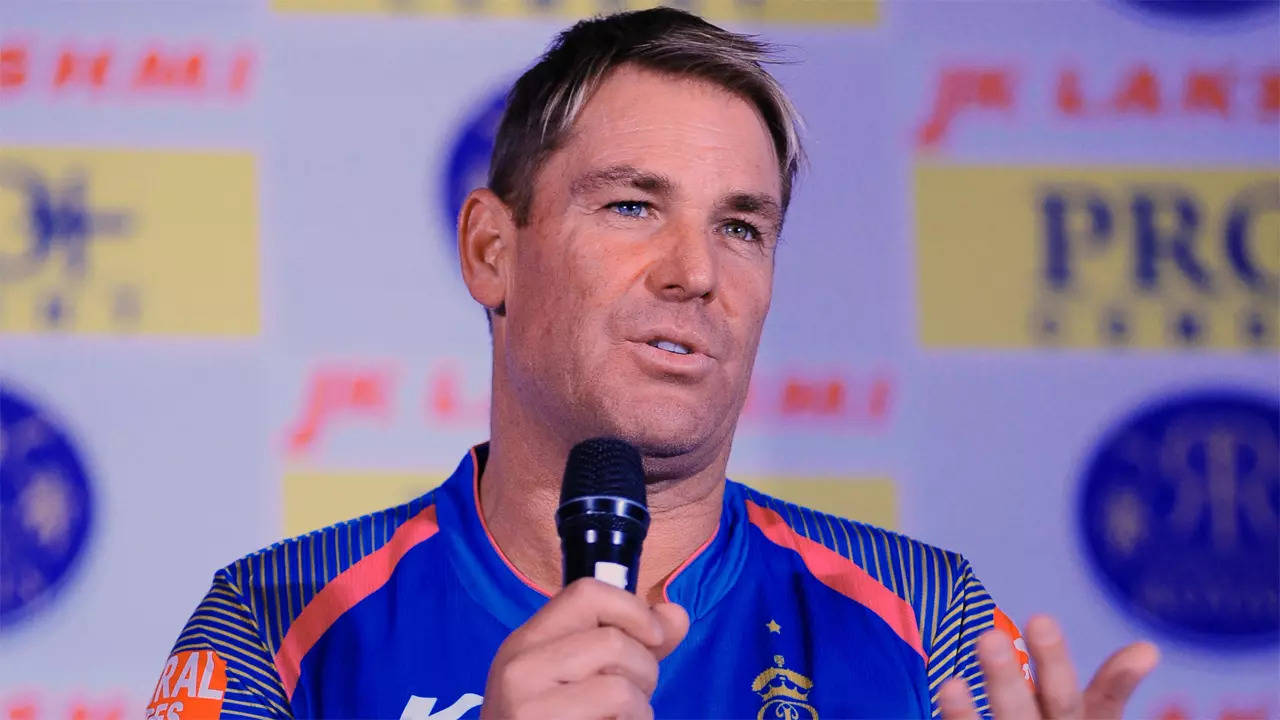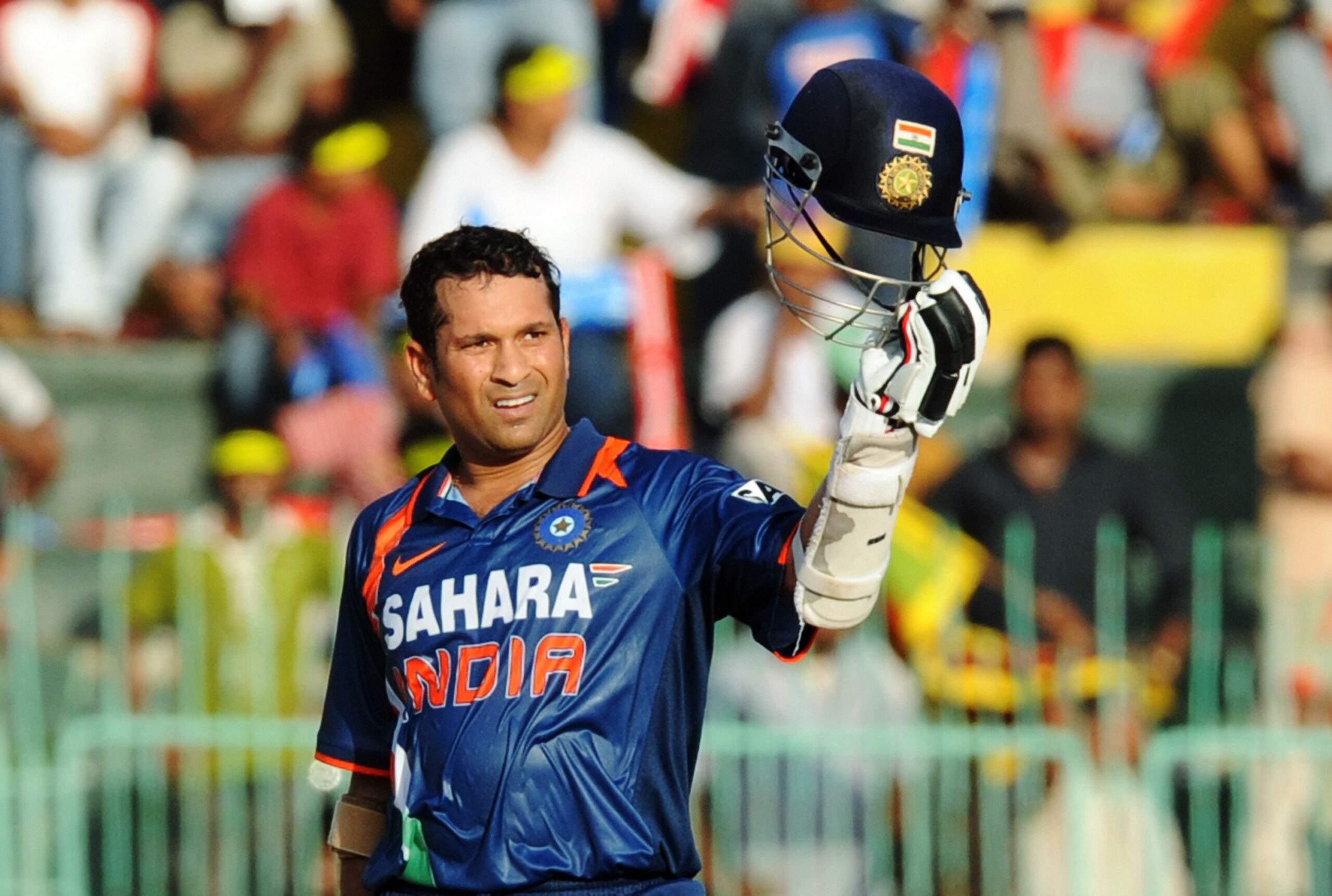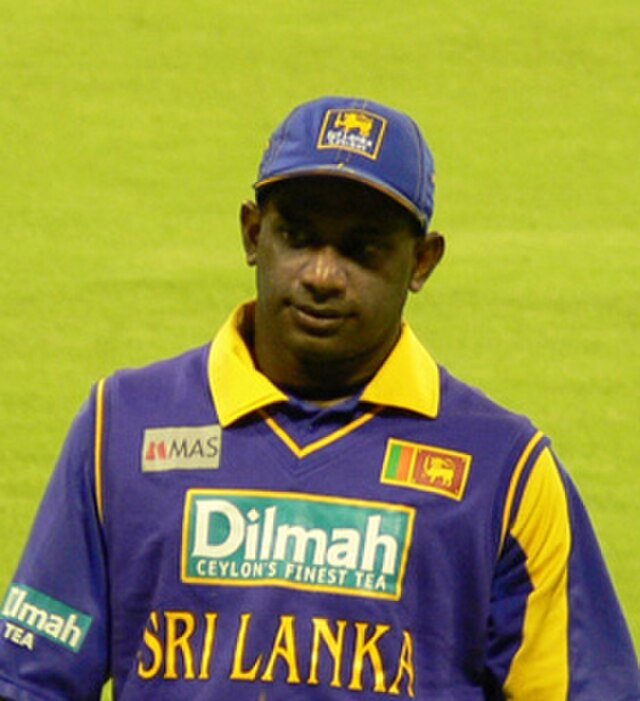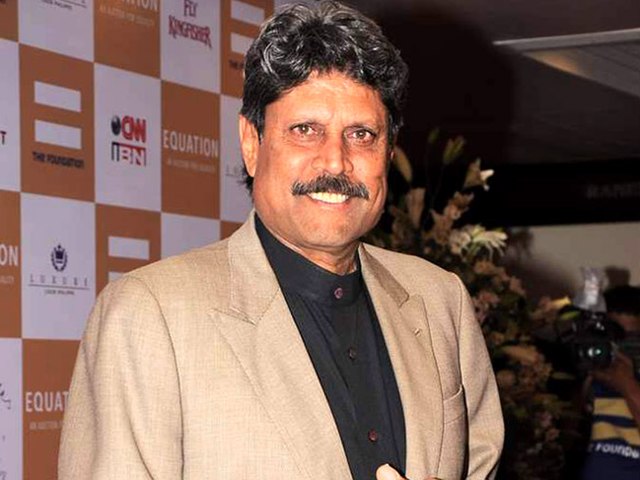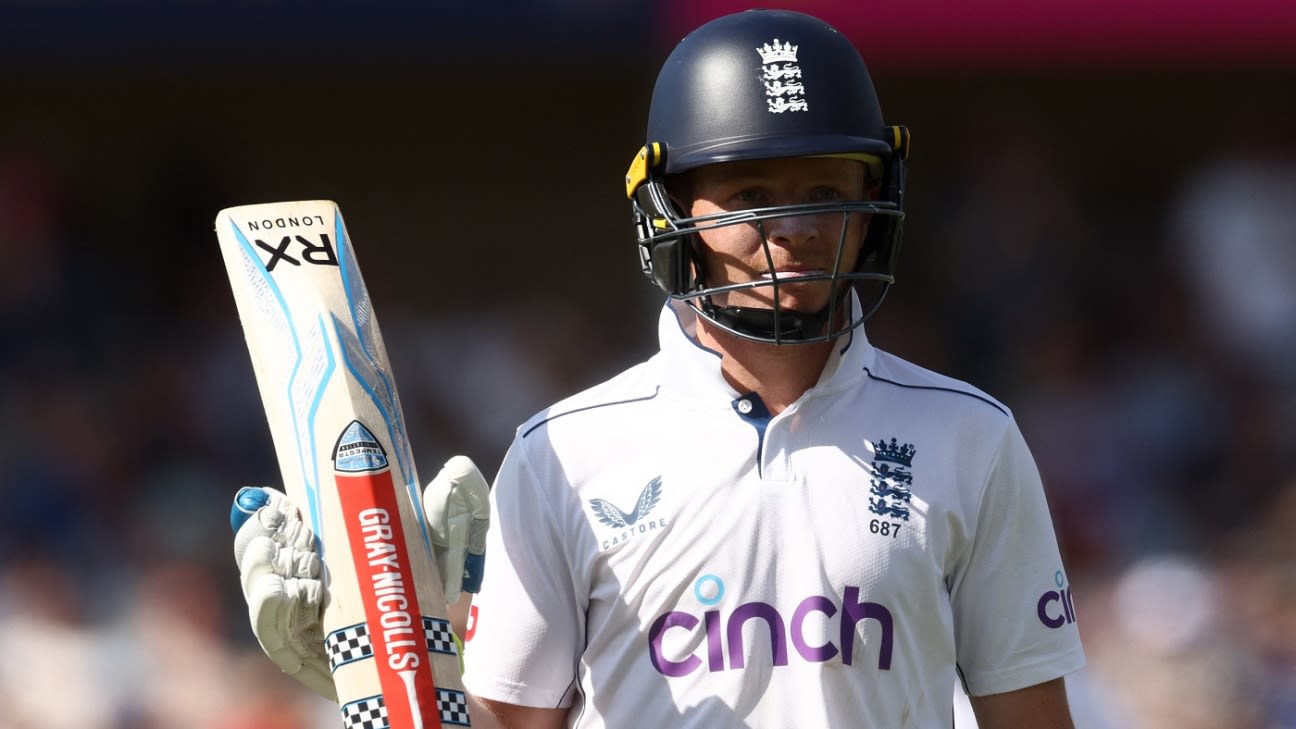I remember playing street cricket and thinking one tip one hand catch was an actual way of dismissing a batsman. At that time all the rules were so simple but then when I started playing professional cricket I learned that cricket is more than what we have played till date.
From something as simple as an over has 6 balls to the Duckworth-Lewis Method (DL method) cricket rules go deep like an ocean. But don’t you worry because we got you covered with our beginners guide, where we will try to cover most of the WH questions related to cricket.
What is Cricket?
Cricket is a fascinating team sport that brings together two teams of 11 players each. The primary objective for each team is to outscore the opposing team by accumulating more runs. The game consists of alternating innings, where one team takes to the field to bat, attempting to score as many runs as possible, while the other team fields, aiming to limit the scoring and get the batsmen out with various tactics and strategies.

What Equipment is Used in Cricket?
It is important to understand the equipment and protective gear that players use to ensure safety and enhance performance.
- Cricket Bat
A cricket bat is an essential tool in the game, crafted from specific types of wood chosen for their quality, primarily Kashmir or English willow. The bat’s length is capped at 38 inches (96.5 cm) and its width at no more than 4.25 inches (10.8 cm). Bats vary in weight and size, allowing players to select one that suits their playing style and preferences.
- Cricket Ball
The cricket ball is a hard sphere made of cork and covered with leather, weighing between 155.9 grams and 163 grams. In Test matches, players use a red ball, while One Day Internationals (ODIs) and Twenty20 (T20) matches typically feature a white ball. Due to its construction, the ball can cause serious injury if it strikes a player.
- Protective Gear
Safety is paramount in cricket, and players wear various protective equipment, including:
Helmets: Worn by batsmen and close-fielders, helmets shield against head injuries. Modern designs often feature visors and metallic grills for enhanced protection.
Pads: Both batsmen and wicketkeepers wear leg pads to protect their shins from fast deliveries. Wicketkeeping pads are generally shorter and lighter for better mobility.
Gloves: Batsmen use padded gloves to safeguard their hands while batting, and wicketkeepers have specialized gloves for catching.
Abdominal Guard: This protective cup, often referred to as a “box,” is worn by batsmen and wicketkeepers to protect their lower abdomen.
- Stumps and Bails
The stumps consist of three vertical wooden posts that stand 28 inches tall, with two small wooden bails resting on top. Together, they function as the wicket, a central component of the game where a batsman can be dismissed if the bails are knocked off by the ball.
- Cricket Clothing
Cricket attire prioritizes comfort and protection. Traditionally, players don white clothing for Test matches but switch to team colors for limited-overs formats. Standard gear includes a collared shirt, long trousers, spiked shoes, and protective items like helmets and gloves.
- Additional Equipment
Sight Screen: It helps both players and spectators keep track of the ball against the backdrop.
Boundary Rope: This defines the playing area, adding clarity to boundary decisions.
What Are the Different Formats of Cricket?
Cricket can be categorized into three main formats, each offering a unique experience:
Test Cricket:
Lasts up to five days, with each team having two innings, amounting to four innings in total. Players must display endurance, skill, and strategy over an extended period; there is no limit on the number of overs, allowing teams to bat as long as they can avoid dismissal. The aim is to score more runs than the opposition while dismissing their batsmen Test matches are the pinnacle of the sport, featuring historic rivalries and intense competition.
One Day Internationals (ODIs):
Each team plays one innings limited to 50 overs within a single day. ODIs blend strategy and aggressive play, utilizing fielding restrictions to foster a fast-paced scoring environment. The team with the highest runs after 50 overs wins. ODI matches are often showcased in prestigious tournaments, including the ICC Cricket World Cup.
Twenty20 (T20) Cricket:
Matches consist of a maximum of 20 overs per side, typically lasting about three hours. T20 is known for its rapid pace and high-scoring matches, garnering tremendous popularity since its inception in 2003. This format is characterized by explosive batting and vibrant match atmospheres resembling entertainment events. Similar to ODIs, the team with the highest score after 20 overs emerges victorious, with many T20 leagues, such as the Indian Premier League (IPL) and ICC T20 World Cup, being widely followed.
How Do Players Score Runs?
Scoring runs in cricket can happen in several dynamic ways. Primarily, batsmen score by striking the ball with the bat and running between the wickets. If the ball crosses the boundary after bouncing, the batting team earns 4 runs, while a clearance over the boundary without touching the ground yields 6 runs.

What Are the Different Ways a Batsman Can Be Dismissed?
In cricket, there are several methods through which a batsman can be dismissed, including:
Bowled: The batsman is out when the bowler successfully hits the stumps with the ball, dislodging the bails.
Caught: A batsman is caught if a fielder catches the ball before it touches the ground after being hit.
Leg Before Wicket (LBW): This dismissal occurs if the ball strikes the batsman’s leg in line with the stumps, and the umpire believes it would have hit the stumps.
Run Out: A batsman can be run out if the fielding team breaks the stumps with the ball while he is outside his crease.
Stumped: This occurs when the batsman steps out of the crease and misses the ball, allowing the wicketkeeper to break the stumps before the batsman can return.
Hit Wicket: A batsman is dismissed hit wicket if they accidentally hit the stumps while trying to play a shot or while running.
Handled the Ball: If a batsman intentionally touches the ball with a hand that is not holding the bat, they can be given out.
Obstructing the Field: A batsman can be out for deliberately interfering with the fielding side’s efforts to take a catch or run out.
Timed Out: This rare dismissal occurs if a batsman does not arrive at the crease in time following the fall of a previous wicket.
Hit the Ball Twice: A batsman can be given out for hitting the ball twice while it is in play, although this is very uncommon.
The bowling team may employ various strategies and tactics to outsmart the batsman and achieve one of these dismissals. This might involve changing their bowling techniques, strategically placing fielders, and staying alert for opportunities as they arise.
What is Power Play?
Power play brings a thrilling element to cricket, often resulting in unexpected twists and turns. During these designated periods, batsmen aim to capitalize on fielding restrictions and score as many runs as possible.
In cricket, the term “powerplay” is used to describe specific phases in limited-overs matches where particular fielding restrictions are enforced. The purpose is to promote aggressive batting and enhance scoring opportunities, adding excitement to the game.
Powerplay in One Day Internationals (ODIs)
ODIs feature three phases of powerplay:
First Powerplay (P1): This spans the first 10 overs, during which only two fielders can be outside the 30-yard circle. This encourages batsmen to take risks and score freely.
Second Powerplay (P2): Lasting from overs 11 to 40, this phase allows up to four fielders outside the circle, striking a balance between scoring opportunities and tighter fielding.
Third Powerplay (P3): Covering the final 10 overs, this allows five fielders outside the circle, often leading to intense scoring as teams chase high totals.
Powerplay in T20 Cricket
In T20 cricket, the powerplay lasts for the first six overs of the innings, restricting field placements to just two fielders beyond the circle. This setup empowers batsmen to focus on aggressive scoring while allowing bowlers the chance to take early wickets.
Powerplay can make or break a match, heavily influencing its outcome. Teams that effectively leverage these overs often build momentum and set daunting scores. Conversely, if bowlers can take wickets during this time, it can disrupt the batting team’s rhythm and turn the match in favor of the fielding side.
What Are the Different Penalties in Cricket?
In cricket, penalties are as crucial as they are varied.
Penalty runs can be awarded based on infractions committed by players or teams, generally falling into two categories: those awarded to the batting team and those awarded to the fielding team.
Penalties for the Batting Team
The batting team may receive five penalty runs under certain circumstances, including:
Deliberate Time Wasting: If a batsman intentionally wastes time, the umpire can penalize the team with five runs.
Illegal Fielding: If the batting team uses prohibited equipment for fielding, the fielding team may receive penalty runs.
Interference: Any act of distraction or unfair play by the batsman can lead to penalties.
Penalties for the Fielding Team
The fielding team may also incur five penalty runs for several breaches, such as:
Unfair Play: If a fielder distracts the batsman, the batting team is awarded five runs.
Ball Tampering: If the fielding team illegally alters the ball’s condition, it can result in penalty runs for the batting side.
Touching the Ball Unlawfully: Any fielder entering the field unauthorized and making contact with the ball may lead to a penalty of five runs for the batting team.
General Penalty Situations
There are instances when penalties can be enforced regardless of team fault, including:
Field Equipment Violations: If the ball hits a fielding helmet or other equipment, the batting team receives five runs.
Pitch Damage: Unsportsmanlike conduct causing pitch damage can lead to penalties as well.
Penalty runs can have substantial consequences on a match, potentially changing the score and influencing game dynamics. In tightly contested matches, even a five-run penalty can be critical, shifting momentum or increasing pressure on either side.
Umpires have discretion in awarding penalties and often issue warnings for minor infractions to give teams a chance to rectify their behavior.

What is the Duckworth-Lewis Method (D/L Method)?
The Duckworth-Lewis method, devised by statisticians Frank Duckworth and Tony Lewis in the 1990s, was introduced during the 1992 Cricket World Cup to provide a fair resolution for rain-affected matches. Officially adopted by the ICC in 1999, the DLS method adjusts target scores based on both teams’ available resources—overs remaining and wickets lost, recalibrating targets after interruptions.
How Does the DLS Method Work?
The DLS method operates under the premise that a team’s ability to score runs relies on the number of available overs and wickets. The calculation involves:
Resource Percentage: Teams start with 100% of their resources (50 overs and 10 wickets). As the game progresses and overs or wickets are lost, these resources are represented as a percentage, which can greatly impact strategy.
Setting Revised Targets: If rain interrupts play, the method calculates a new target score for the team batting second. This is done using the formula:
Team 2’s par score = Team 1’s score × (Team 2’s resources/Team 1’s resources)
This ensures a fair chance for both teams, adapting the game’s objectives to real-time conditions and preserving the competitive integrity of cricket.
I hope you could learn something new through this article. Cricket has so many variations and rules and requires a different skill set for different formats to master the sport. And there are some notable players who have ruled all these formats with their resilience and determination. Want to know more about them, Continue reading our article on top 10 players of all time
10 Legendary Cricketers Who Redefined The Game
Cricket which is known as a “gentleman’s game” is not just a game, it’s a passion and a way of life for many. It requires great skill and determination to master this sport due to its dynamic nature.
In this article, we will take a look at the lives and legacies of ten legendary cricketers who have redefined the game and left an unique mark that continues to inspire fans and players around the world.

- Sir Vivian Richards: The powerhouse of Aggression
Sir Vivian Richards, who was given a nickname of “Master Blaster”, was a player who changed the whole notion of batting with his confidence and flair. With an incredible record of 8,540 runs in 121 test matches at an average of 50.23 he played the role of a true game changer. These records not only reflect his talents but also his electrifying presence of mind in the game.
In the era of fearsome bowlers, Richards walked to the crease with a complete swagger, playing with a great intensity, like a gladiator facing his foes. His decision to not wear a helmet while facing the deadly bowlers added to his audacious personality.

- Wasim Akram:The King of Swing
Wasim Akram, the ‘King of Swing”, earned his title for the sheer talent that he possesses while bowling. An astonishing 414 wickets in 104 Tests with a stunning average of 23.62, changed how fast bowling was perceived.
With his marvelous ability to make the ball swing both ways, Akram’s spell often would leave batsmen baffled and the fans in awe. His 5 for 15 in the 1992 world cup showed his temperament at the biggest stage.

- Shane Warne: The Sultan of Spin
Shane Warne, who had received the nickname of “Sultan of spin” was nothing short of a magician. With an awe-inducing 708 wickets across 14 tests and an average of 25.41, his spin bowling inspired young players to take up the craft.
His infamous “ball of the century” which bamboozled Mike Gatting remains fresh in the memories of cricket fans around the globe. Warne was not just a bowler, he was a showman who breathed life into the game.

- Adam Gilchrist: The Revolutionary Wicketkeeper-Batsman
Adam Gilchrist redefined the whole picture of a wicketkeeper-Batsman, combining skill, speed and showmanship. With a staggering 5,570 runs in 96 Tests at an average of 47.60, he showed that keepers can be more than custodians of the stumps.
Gilchrist was known for his ability to turn a game back on with his aggressive batting. His innings in the 1999 world cup final where he scored 54 runs off just 32 balls to lead Australia to victory, still remains legendary.

- Sachin Tendulkar: The Little Master
Sachin Tendulkar, often known with a nickname of “Little Master”, is a name that is synonymous with cricket excellence. With a humongous 15,921 runs in Tests and nearly 18,500 runs in ODIs, his records show his unmatched dedication to the sport. Beyond his records, Sachin was a symbol of hope for millions in India during every India match.
We all remember his 1998 Coca Cola cup innings right where Sachin Tendulkar scored 143(131) against Australia in Sharjah to ensure India’s spot in the tri-series final. The knock came to be known as ‘Desert Storm’ after play was suspended for 25 minutes as a sandstorm swept through the stadium. Watching him bat felt like witnessing poetry in motion; he played with elegance, precision, and an infectious love for the game. His iconic celebrations, humble demeanor, and countless heartwarming moments on and off the field solidified his position as a beloved figure in cricketing lore.

- Brian Lara: The Prince of Trinidad
Brian Lara, the “Prince of Trinidad,” graced the cricketing world with his sheer elegance and remarkable skill. He is best known for his record-setting 400 not out against England, a feat that still stands as the highest individual score in Test cricket. Over 131 Tests, he scored 11,953 runs with an average of 52.88, but it was his mastery in crafting an innings that endeared him to fans.
Known for his stylish footwork and exquisite shot-making, Lara played with a warmth that captured the hearts of spectators. He demonstrated that cricket could be both a personal expression and a competitive sport, inspiring many young players to embrace their individuality.

- MS Dhoni: The Finisher Extraordinaire
MS Dhoni is a name that makes every cricket fan smile, especially when recalling his cool, composed demeanor. His ability to chase down targets and finish games placed him among the greatest finishers in cricket history. With 10,873 runs in 350 ODIs at an impressive average of 50.57, Dhoni’s impact transcended statistics.
He led his team to historic victories, including the 2007 ICC T20 World Cup and the 2011 ICC Cricket World Cup, solidifying his legacy as a captain. Off the pitch, Dhoni’s humility and approachability made him a fan favorite, embodying the spirit of unity and resilience that cricket represents.

- Sanath Jayasuriya: The ODI Prodigy
Sanath Jayasuriya epitomized aggression in One Day Internationals, breaking barriers with his explosive batting style. With 13,430 runs in 445 ODIs at an average of 40.48, he played a crucial role in Sri Lanka’s victory in the 1996 World Cup.
His batting was a spectacle; he was unapologetically attacking, often launching his innings at a pace that left bowlers reeling. Jayasuriya’s fearlessness not only reshaped perceptions of opening batsmanship but empowered many to embrace an aggressive approach to limited-overs cricket.

- Kapil Dev: The World Cup-Winning Captain
Kapil Dev is a name cherished in India, primarily for leading the nation to its first World Cup triumph in 1983. As an all-rounder, he contributed immensely with 5,248 runs and 434 wickets in Tests, boasting a bowling average of 31.05.
His inspirational leadership united a team of underdogs to clinch a historic victory against the West Indies, forever changing the landscape of Indian cricket. Kapil’s determination and passion were palpable, and his influence extended beyond the field, encouraging millions to believe in their dreams.

- Imran Khan: The Inspirational Leader
Imran Khan is not just a cricketing icon; he is a beacon of hope and determination. As the captain of Pakistan, he led his country to a remarkable World Cup victory in 1992, fostering camaraderie and resilience among his team.
With 362 wickets at an impressive average of 22.81 from 88 Tests, Imran’s all-round abilities were vital in shaping Pakistan’s cricketing narrative. Post-retirement, his work in philanthropy and politics further exemplifies his commitment to societal change, making him a role model for aspiring cricketers and leaders alike.
These ten legends have not only redefined the sport with their extraordinary talent and grit but have also touched the hearts of millions around the world. Their passion, achievements, and personal stories inspire generations, ensuring cricket continues to thrive and evolve.
Every fan holds a special memory associated with these icons, reminding us all of the magic that cricket brings into our lives. Their legacies will undoubtedly inspire future generations as they bask in the glory of the sport they love.


